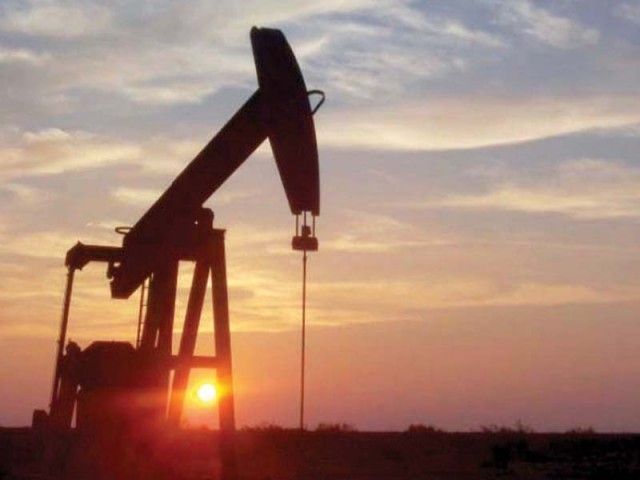
PESHAWAR:
Lawmakers, ministers and nazims of oil and gas producing districts of Khyber-Pakhtunkhwa have agreed to a new policy on royalty utilisation.
The K-P government constituted a task force to revise and update the policy on the consumption of 10% share in oil and gas royalty on a constituency basis in the districts. The team included a senior member board of revenue, secretary for finance and secretary for energy and power.
Earlier, oil producing districts were getting 5% share in royalty on oil and gas receivables from the federal government. However, the Petroleum Policy 2012 raised the royalty share in all oil and gas producing districts to 10%.
The task force held a meeting with lawmakers, nazims and district administrations from Karak, Hangu and Kohat at the Civil Secretariat this week and presented the proposed policy which was unanimously approved. According to a senior official of the energy and power department, “The amended policy on the 10% royalty distribution was applauded by the representatives of all three districts in the meeting and will now be presented to the provincial cabinet.” The official, requesting anonymity, also said after its approval from the K-P cabinet, the policy will be applied from the next fiscal year (July 1, 2016).
The numbers
Sharing the details of the policy and the amount received by the provincial government from the federal government in the oil and gas royalty receivables, the official said the districts’ estimated oil production for the year 2014-15 was 15,920,336 barrels and for the year 2015-16 is 13,298,775. The gas estimates for the year 2014-15 was 34,200.5 mmcf and for the year 2015-16 is 132,790.37 mmcf from 25 wells.
The official added in 2014-15, the provincial government received Rs2.3 billion in royalty and in 2015-16, Karak, the main producer received Rs1.68 billion of the total share while Hangu received Rs0.35 billion and Kohat received Rs0.28 billion.
Revised policy’s features
Sharing the main features of the policy, the official said the minimum size of a scheme financed out of 10% share royalty will be Rs1.5 million as opposed to Rs1 million stated in the previous policy.
The official also said the money of the royalty will be utilised on solar electrification of street lights, provision and connection of gas, education, technical education, water supply schemes, roads and health facilities. It wil also be used on the construction of small dams, purchase of land for educational institutions and provision of sports facilities.
At least 50% share of royalty will be utilised in oil and gas producing tehsils while the other 50% will be utilised in the remaining tehsils of a district. The share of the districts will be based on revenues received from the federal government by the provincial government during the last financial year.
Through committees
A district-level committee headed by the deputy commissioner will be constituted comprising members of the provincial assembly of the district, the district nazim, tehsil nazims, assistant commissioners and district finance and planning officer to monitor and supervise the execution of schemes using royalty money. Moreover, all schemes to be executed on the royalty money will be cleared from competent forums on the same pattern as that of the schemes executed through annual development programme (ADP).
The funds of royalty utilised in respective districts will need to be reflected in ADP as well as in district development funds. The K-P Local Government & Rural Development and Planning and Development departments will serve as controllers for the utilisation of royalty funds, exercising their role of monitoring, reviewing and approving.
Published in The Express Tribune, January 14th, 2016.




























































COMMENTS
Comments are moderated and generally will be posted if they are on-topic and not abusive.
For more information, please see our Comments FAQ